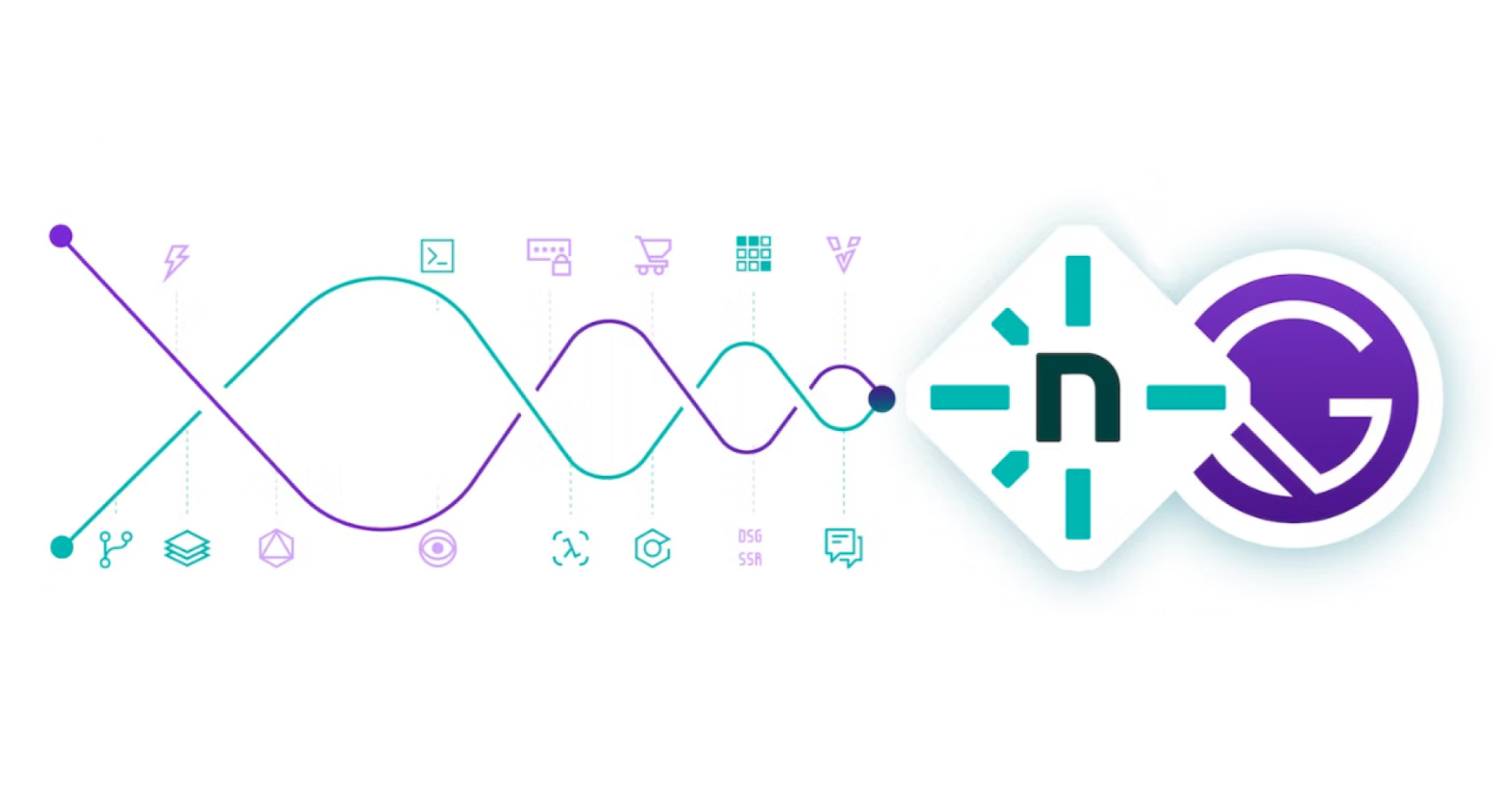Creating React Applications with Server-Side Rendering (SSR)
Explore the benefits of Server-Side Rendering (SSR) in React applications and discover how frameworks like Next.js and Gatsby make SSR implementation straightforward for enhanced SEO and performance.
Creating modern web applications using React is a popular choice among developers due to its flexibility and performance. However, client-side rendering (CSR) alone may not always meet all requirements for fast page loading, SEO optimization, or ensuring a better user experience. In such cases, Server-Side Rendering (SSR) becomes an ideal solution. In this article, we'll explore the benefits of SSR and discuss popular frameworks like Next.js and Gatsby that facilitate SSR implementation in React projects.
Benefits of Server-Side Rendering (SSR)
1. Improved SEO
One of the biggest challenges with client-side rendered applications is optimizing them for search engine optimization (SEO). With CSR, content is rendered only after JavaScript has loaded, which can be problematic for search engine crawlers that may not index dynamically generated content correctly. SSR resolves this issue by rendering the page on the server and sending ready-made HTML to the browser. This allows search engines to easily index the full content of the page, significantly improving SEO.
2. Faster Time to First Screen
Server-side rendering enables sending pre-rendered HTML to the browser, which significantly reduces the Time to First Byte (TTFB). Users can see the initial content much faster, enhancing their experience and reducing bounce rates.
3. Better Performance on Low-End Devices
Client-side rendered applications can strain users' devices, especially older or less powerful ones. SSR shifts most of the rendering workload to the server, meaning users on slower devices or weaker internet connections can experience smoother performance.
SSR Frameworks for React
Next.js
Next.js is one of the most popular frameworks for building React applications with SSR. It offers a wide range of features that facilitate SSR implementation, such as:
- Automatic page generation: Next.js makes it easy to create pages using a file-based routing system.
- Data prefetching: Using
getInitialPropsandgetServerSideProps, Next.js allows fetching data before rendering a page. - Static site generation (SSG): In addition to SSR, Next.js supports static site generation, enabling hybrid applications that combine both approaches.
Gatsby
Gatsby is another popular framework that combines SSR capabilities with powerful static site generation (SSG) features. Its key advantages include:
- Plugin ecosystem: Gatsby has a rich plugin ecosystem that facilitates integration with various data sources such as CMSs, APIs, or databases.
- Performance: Gatsby generates optimized static pages that load quickly due to prefetching and resource optimization.
- GraphQL: Gatsby uses GraphQL for data fetching, providing flexibility and control over how data is managed in the application.
Conclusion
Server-Side Rendering (SSR) is a powerful tool that can significantly enhance SEO, page loading speed, and overall performance of React applications. Frameworks like Next.js and Gatsby offer diverse features that simplify SSR implementation and enable the creation of modern, efficient web applications. Choosing the right tool depends on specific project requirements and developer preferences, but both Next.js and Gatsby are excellent choices for building SSR applications.



